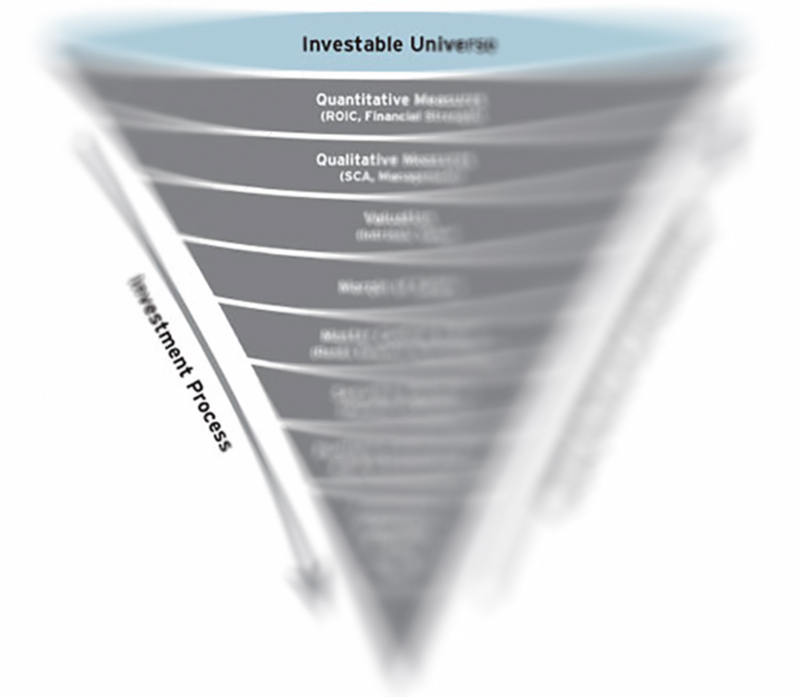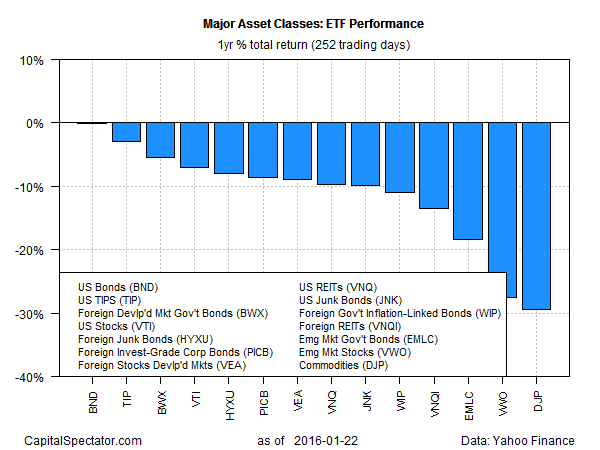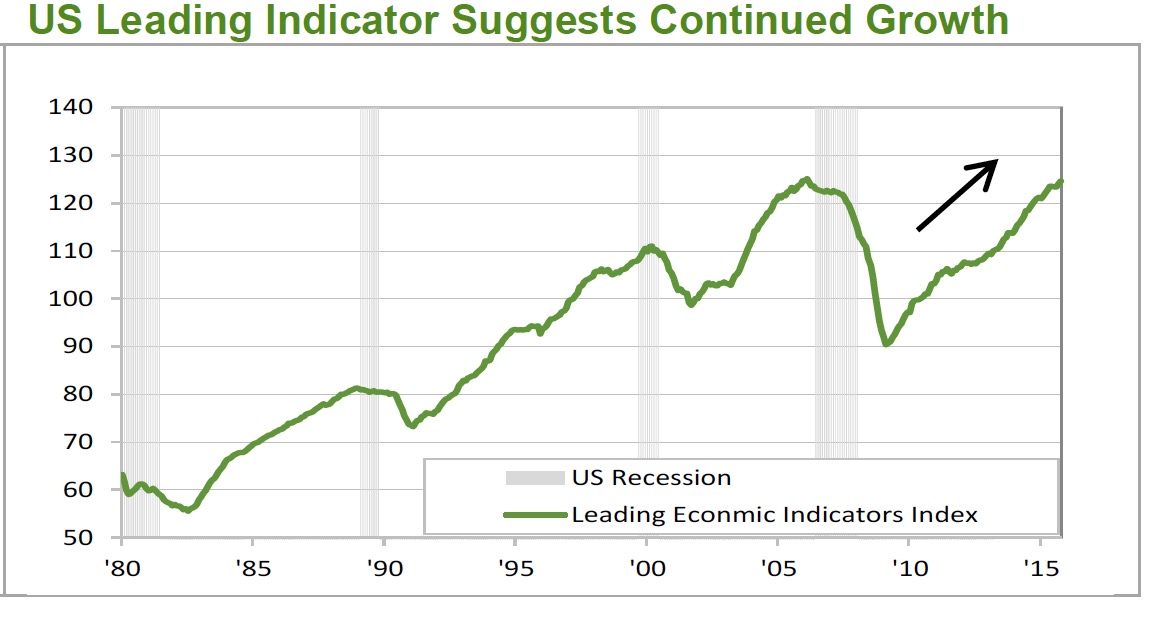The Process of Judging an Investment Process
by Ben Carlson, A Wealth of Common Sense
A couple weeks ago I looked some of the reasons behind the fact that smart money tends to chase past performance. I received a couple of good follow-up questions from people in the industry who were curious about my thoughts on how to judge a portfolio manager or investment process.
Putting together a portfolio using a manager-of-managers approach is extremely difficult. Not only is it tough to beat the market, but it’s also very hard to put together the right type of organization and team in place that can successfully perform the due diligence and monitoring required to judge a group of money managers.
I find it’s much easier to figure out the mistakes investors make and try to avoid those, but at a certain point you actually have to have a process for selecting and judging investment opportunities. Here are some thoughts beyond the typical due diligence routines that most firms discuss.
The ability to say no over and over again. The previous non-profit investment office I worked for had a fairly large endowment, but in the institutional space we were still considered something of a mid-sized fund in comparison to the much larger pension plans, Ivy League endowments and sovereign wealth funds out there. Even as a relatively small player we would still receive something on the order of 10-12 cold calls or emails a week from funds looking to pitch us. The number of available investment options seems almost unlimited when you include things like private equity, hedge funds, real estate and venture capital on top of the standard stock and bond fund managers.
You have to have very strict investment criteria because there will always be the temptation to make changes by adding new funds to the mix. Many of these funds have some of the best sales and marketing teams in the finance industry so they all sound like amazing opportunities. The trick is having the ability to say no to good or even great investments when they aren’t in your wheelhouse or when they aren’t a great fit within your portfolio or risk profile. A good set of guidelines about what it is you won’t invest in is just as important as outlining those characteristics that you will invest in.
The ability to judge the character of a portfolio manager and an organization’s culture. In some ways you almost have to be better at judging people than judging investments to succeed in this endeavor. Because you’re dealing with such intelligent people on the investment side and such skilled salespeople on the marketing side, you have to have a really good BS detector to see through the sales pitch.
Everyone will talk about what differentiates their firm or process from the market and their competition. Everyone has a great pitch book of marketing materials and a highly educated staff. You can’t get caught up in the narrative or become blinded by the brilliance of a slick portfolio manager.
The CIO of a large college endowment once told me that they hired private investigators to run thorough background checks on every single portfolio manager and team they hired. While this may seem like the prudent thing to do, shouldn’t it be a red flag if you don’t trust someone enough that you have to bring in Magnum P.I. to sort through their life? And don’t you think these people are already pretty good at hiding the skeletons in their closet if the have built a successful investment firm?
If you’re not able to judge the people behind the investment process to know that you’re working with an honest, trustworthy firm, it probably won’t matter how the investments perform. You have to be able to develop long-term working relationships with people of high character. This extends beyond treating their clients with respect. They have to also be good to their employees. The arrogant, self-absorbed portfolio manager might be a great investor, but odds are eventually they’ll come back to haunt you at some point. And if a fund manager makes it sound like they’re doing you a favor by letting you invest in their fund, it’s probably best to sit that one out.
The ability to know when a process is done working and when it’s just out of style. One of the hardest decisions to make in the investment world is distinguishing between an investment process that’s out of favor and one that doesn’t really work anymore. Regardless of how confident someone may seem, there’s always going to be doubt that creeps in when underperformance occurs. In this business you really have to own your decisions. You have to be able to understand why something works over the long-term, but not right now and also why it should continue to work in the future. And you can never become married to an investment or manager when it’s not working anymore. Having the ability to admit when you made a mistake is huge, but something highly intelligent people have a hard time accepting.
To state the obvious, none of these intangibles in the due diligence process are easy. Very few organizations have the resources, expertise or experience necessary to pull it off successfully over the long-term. But no one ever said successful investing was easy.
Further Reading:
Organizational Alpha
Copyright © A Wealth of Common Sense















